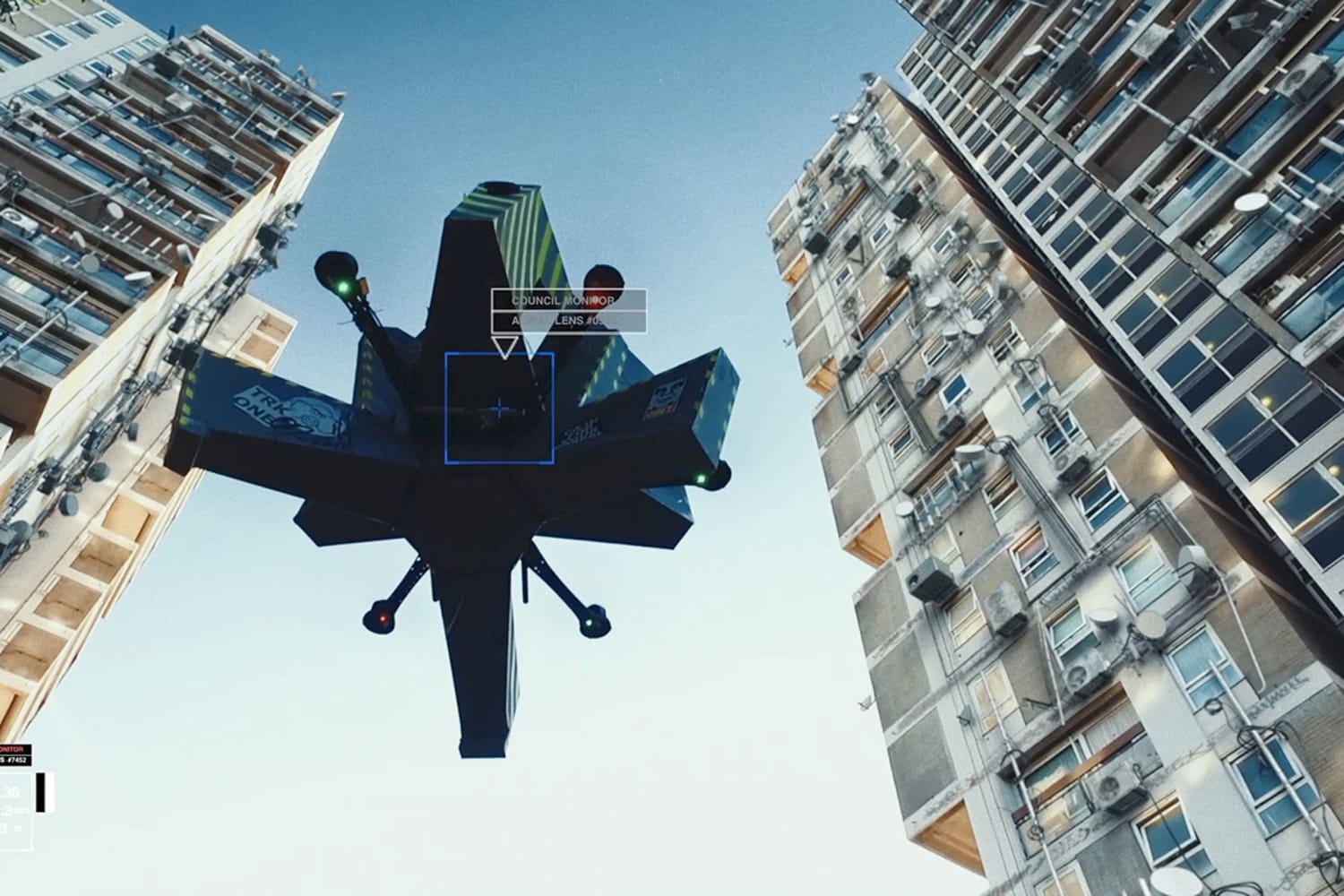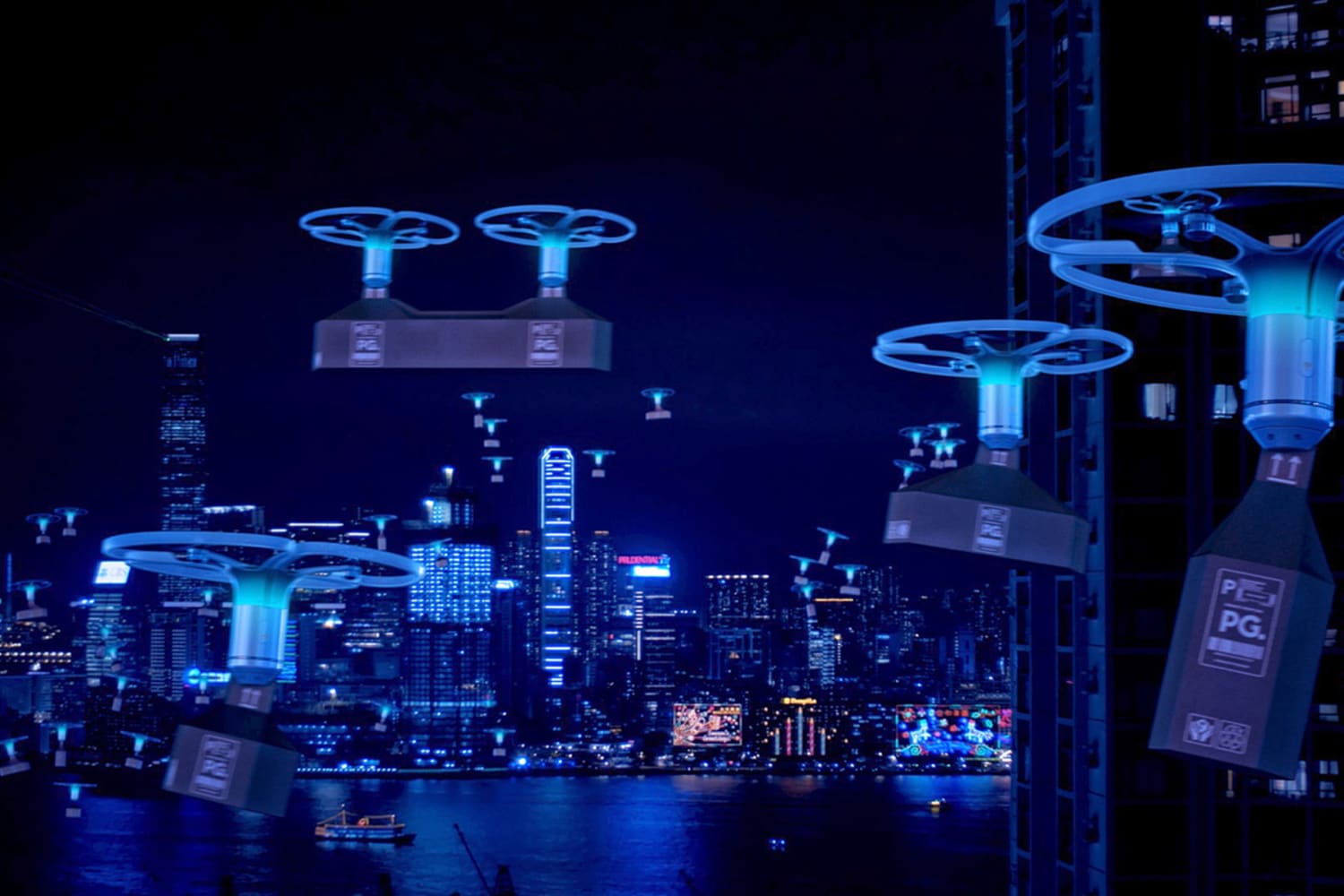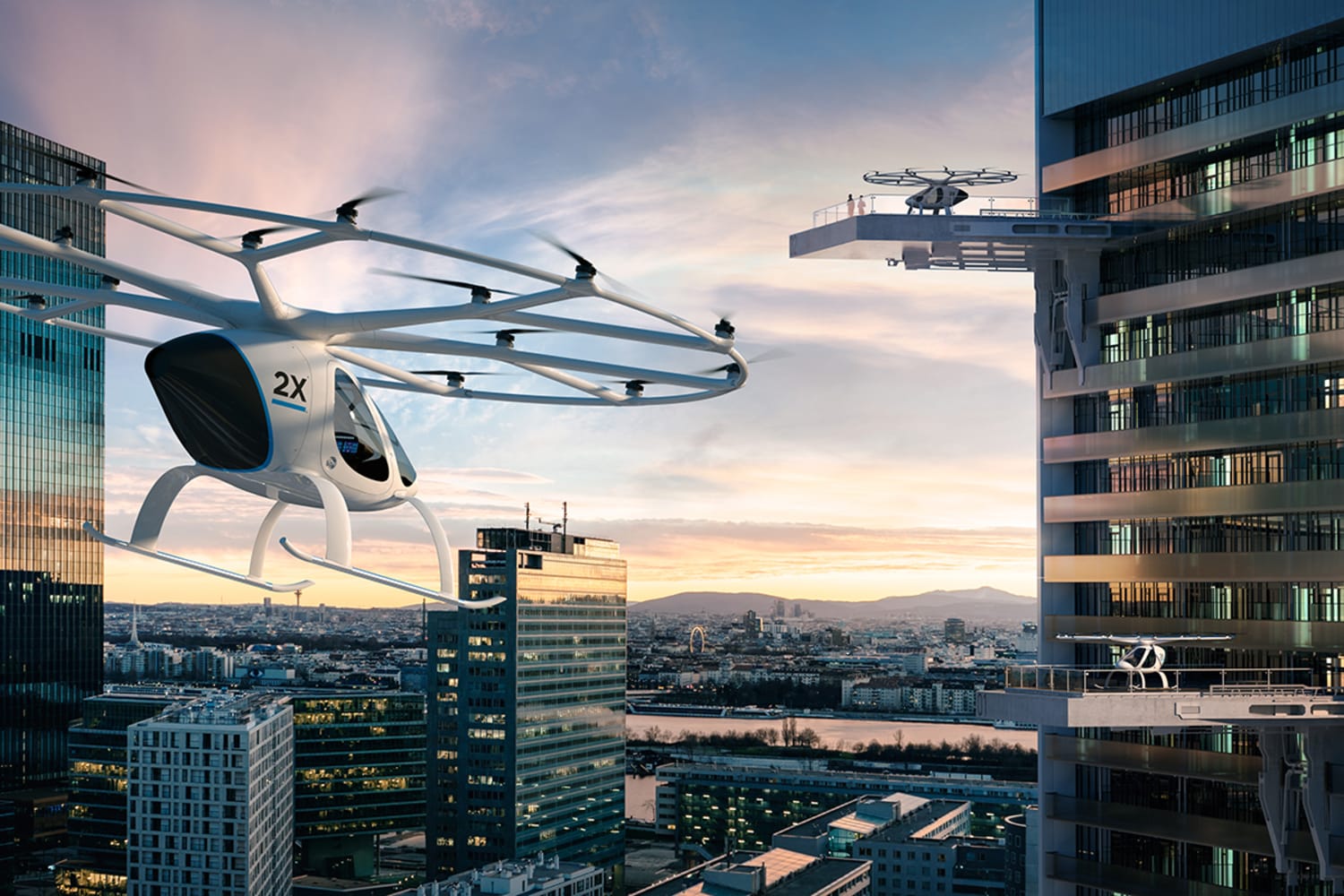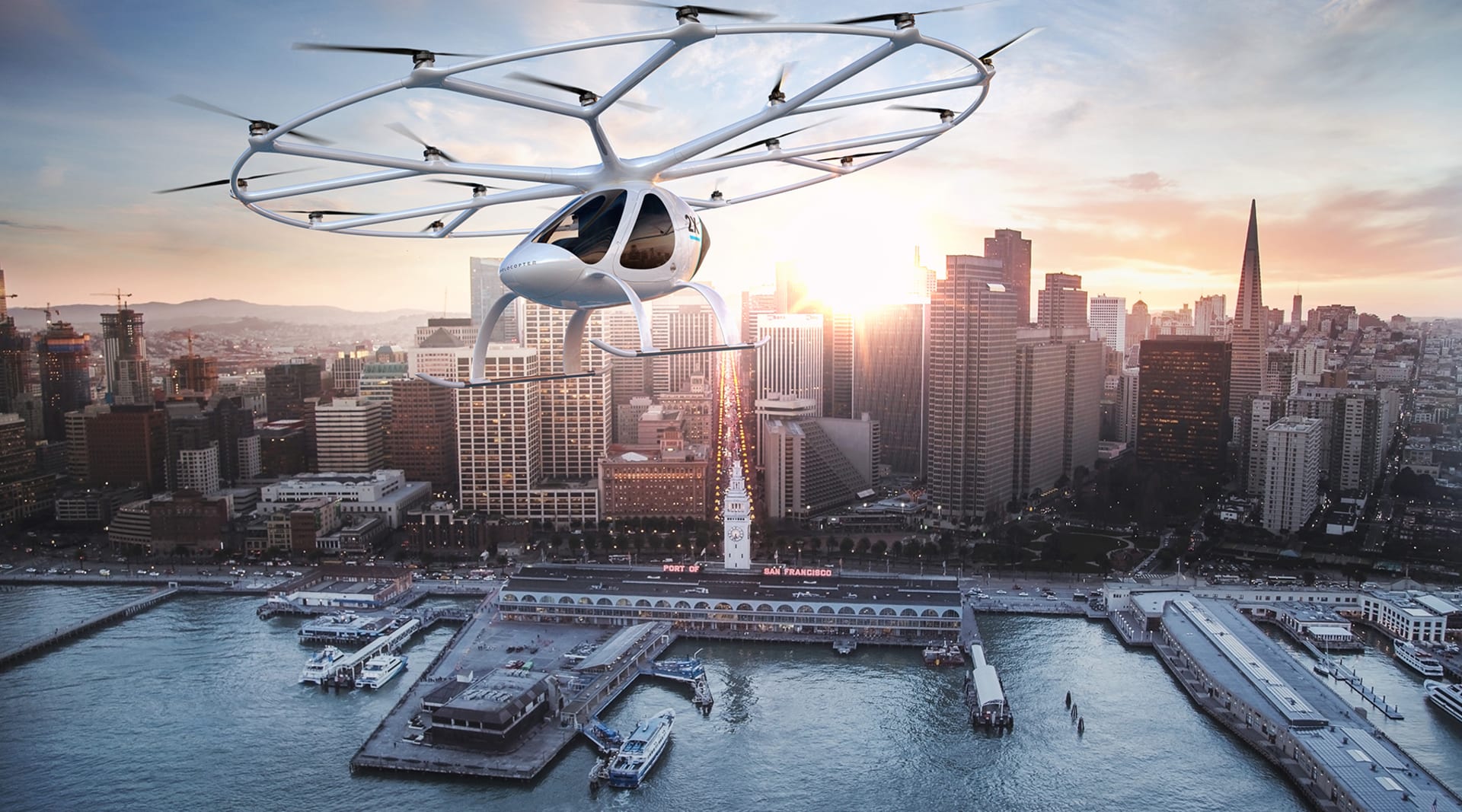Could drones be as disruptive as the internet to urban life? Possibly, argues a new documentary by design platform Dezeen. Elevation, the new film, shows how drones could transform the way we live and construct urban environments, from reimagining architectural design and construction to deliveries to infrastructure and surveillance. Drone development is already progressing rapidly, as drone devices become more accessibly priced for average consumers—Skydio, a California-based tech company, recently launched R1, an autonomous selfie-taking drone for $2,499 (yikes!).
A new documentary explores the drone-era city of the future.
Browser Tracking Protection enabled. Unable to display content.

Among Dezeen’s predictions: drones will enable innovative new building construction techniques, as they are powered remotely and can go anywhere; human passengers will travel by drone along drone highways; there will be rooftop drone parking and drone charging stations; and clouds of drone delivery “wasps” will hover above the city, transporting goods to people.

The documentary features architects, designers and experts including Norman Foster, Paul Priestman and Liam Young. It includes previously unseen footage of Dragonfly, a new concept by PriestmanGoode design consultancy. The full 20-minute documentary will launch in May 2018 on the Dezeen platform.
“You don’t tend to travel through the city streets at window level. Drones give humans the perspective of birds and really change how you feel about things. You will never go back to thinking about the world in the same way that you did before,” Marcus Fairs, the founder and editor-in-chief of Dezeen, tells the Innovation Group.



“Drones can facilitate a type of architecture that’s never been possible before because they can hover in space and hold materials,” he adds. “Architecture might have to change to accommodate delivery drones, whether that’s a giant cat flap on the side of the apartment or a little perch where it lands. The infrastructure around deliveries could change dramatically. If drones become a popular way of traveling, every building is going to have some sort of drone parking on it, so architecture might have to sprout branches and platforms to allow people to leave and enter the building.” Fairs describes drones’ future impact on cities as “profound” and says they are “unavoidable in our future.”
Until recently, drones have been the territory of nerd enthusiasts, the army, or quirky Domino’s Pizza brand activations. But now, as drone technologies start being used en masse by both brands and consumers, discussions are under way about the air traffic control systems, the regulations and even the privacy legislation that need to be developed to manage their impact. (It’s estimated that drone sales grew 60% between 2016 and 2017 alone, generating $4.5 billion, according to research firm Gartner—and consumer drone sales are showing record growth.)

Big brands are quickly getting involved in drone delivery, with Ford investigating how drone technology can be used in vehicles. Amazon has been granted a patent for a delivery drone that can respond to human gestures.
Although many countries still regulate or ban drone flights in urban areas, they are increasingly being used in construction. Japan declared Chiba City its first “drone zone” in 2015, using drones to build towers and prepare the city for 10,000 new residents for the 2020 Tokyo Olympic Games, indicating that we may not be far from the drone city of the future. Volocopter is testing flying drone taxis in Dubai and Passenger Drone has launched a two-seater drone aircraft.

What’s next? What’s clear is that, as these devices become mass consumer tech products and a delivery form, our urban landscape could change rapidly. And with this comes the need for regulation. Will the state be able to keep up with the pace of innovation? For now, drone selfies await.
Please provide your contact information to continue.
Related Content

VML Shines at the ANDY Awards

